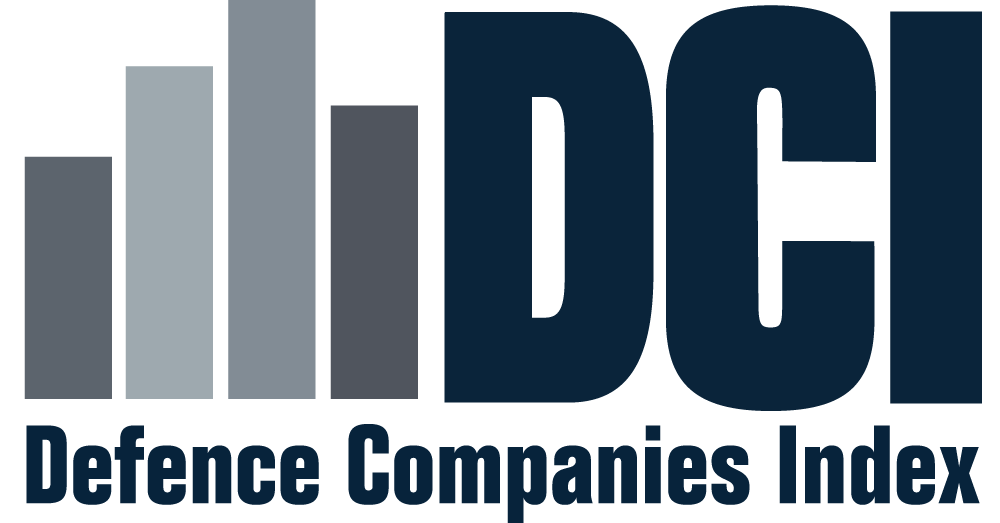This indicates whether the company provided feedback on a draft version of its assessment during the process. All companies were given the opportunity to provide feedback to identify any errors or provide new publicly available information where relevant, which was then incorporated into their assessment. In addition, some companies chose to provide a formal response to be published alongside their assessment. If the company chose to provide this, it will show as a downloadable ‘Company Response’.
For more information on the assessment process, see the DCI Methods Paper.
The figure displayed is based on the company’s defence revenue as identified by the SIPRI Top 100 Arms-producing and Military Services Companies. This figure represents the most recently available figure for the company between 2017 and 2019 (according to publication dates). To view the list in full on SIPRI’s website, click here.
The figure displayed is based on the company’s defence revenue as identified by the Defense News Top 100. This figure represents the most recently available figure for the company between 2017 and 2020. To view the list in full on the Defense News website, click here.
The Government Defence Integrity Index (GDI) is the world’s leading assessment of corruption risks in government defence institutions, produced by Transparency International Defence & Security. To learn more about this data, visit www.ti-defence.org/gdi
The data displayed is based on information from the SIPRI Arms Transfers Database. To learn more about this data and trend indicator values that it represents visit: https://www.sipri.org/databases/armstransfers
Each company’s overall score is broken down into two question categories – those measuring ‘policy’ and those measuring ‘transparency’.
‘Policy’ indicators relate to the standard and amount of publicly available information on the company’s policies and procedures that aim to reduce the risk of corruption. There are 37 indicators that fall into this category, plus three that include both ‘policy’ and ‘transparency’ elements. For more information, see the DCI Methods Paper.
Each company’s overall score is broken down into two question categories – those measuring ‘policy’ and those measuring ‘transparency’.
‘Transparency’ indicators relate to the public provision of data that can help mitigate corruption risk in the sector overall. There are 16 indicators that fall into this category, plus three that include both ‘policy’ and ‘transparency’ elements. For more information, see the DCI Methods Paper.
This represents the primary ownership structure, based on information that we identified in the public domain over the course of the assessment process. Companies may be publicly listed, private, state-owned or a combination of multiple ownership types.
Cobham Ltd.
Band
C
Commitment to Anti-Corruption and Transparency
Moderate
Policy score
72/100
Transparency score
15/100
Downloads
Data collection dates
Company Review
Full Company Name
Cobham Limited
Country (HQ)
United Kingdom
Ownership
Private
Defence Revenue (SIPRI)
$1,590,000,000
Defence Revenue (DN)
$1,787,400,000
Summary
Coming soon
Risk categories
Leadership and Organisational Control
Band
A
100/100
Commitment
Very High
Internal Controls
Band
B
75/100
Commitment
High
Support to Employees
Band
C
57/100
Commitment
Moderate
Conflict of Interest
Band
D
38/100
Commitment
Limited
Customer Engagement
Band
E
29/100
Commitment
Low
Supply Chain Management
Band
C
50/100
Commitment
Moderate
Agents, Intermediaries and Joint Ventures
Band
B
70/100
Commitment
High
Offsets
Band
D
38/100
Commitment
Limited
High Risk Markets
Band
C
50/100
Commitment
Moderate
State-Owned Enterprises
Band
N/A
N/A
Commitment
N/A
Government Defence Integrity Index Data for United Kingdom
Arms Trade Information for United Kingdom
Imports
Exports


